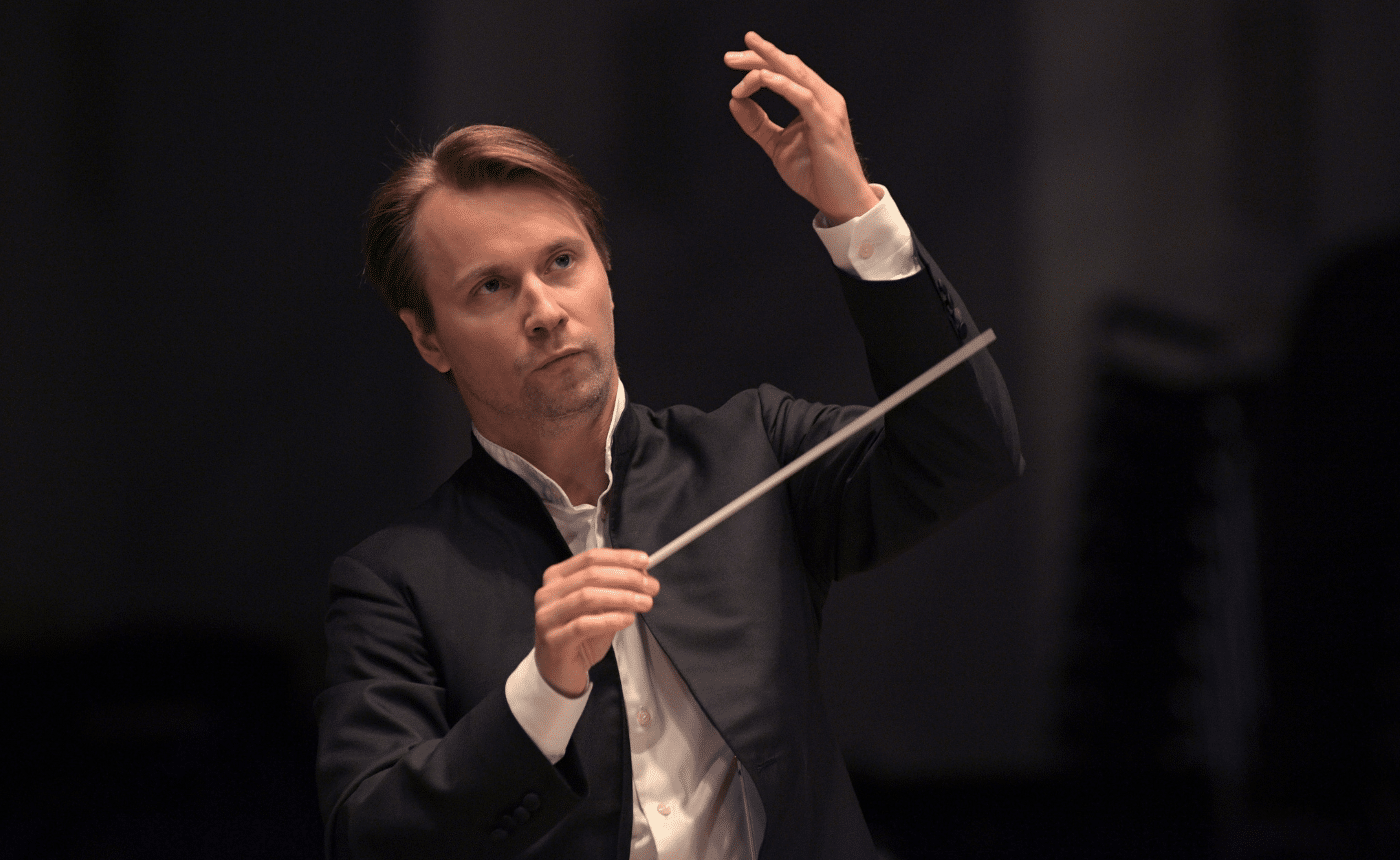Ravel – Une Barque sur l’océan
Maurice Ravel (1875 — 1937): Une Barque sur l’océan
Instrumentation: 2 flutes, piccolo, 2 oboes, English horn, 2 clarinets, bass clarinet, 2 bassoons; 4 horns, 2 trumpets, 3 trombones, tuba; timpani, crash cymbals, glockenspiel, suspended cymbal, tam tam, triangle, bass drum, harpsichord, celeste; strings
Performance time: 7 minutes
Background
Une Barque sur l’océan is the third movement of Miroirs, a suite for solo piano that Ravel composed in 1904 and 1905. Each movement of the suite is named in a highly concrete way, for something vividly sensual that can be imagined for the way it looks, or sounds, or both. “Une barque sur l’océan” translates as “a boat on the ocean.” This movement was one of two that Ravel later orchestrated himself. (The other was the fourth, Alborada del gracioso, “morning song of the jester.”
What to Listen For
“Motility” is one of those impressive terms that musicologists have borrowed from the more precise sciences. In zoology, botany and neurology it relates to the biological capability of motion; in music, it is applied to the work of composers such as Ravel and Debussy, who loved the sea and excelled in evoking a nuanced sense of water’s movement…the movement of vessels and animals floating upon the surface of the waves…the serenity or violence of water’s ebbs and swells in all kinds of places and conditions. Une Barque sur l’océan is a prime example of Ravel’s mastery of motility. It depicts the progress of a boat as it sails on the ocean. Sweeping lines and arpeggiated phrases provide an almost palpable sense of the boat’s motion as it bobs, entirely subordinated to the ocean’s power and the swooping arabesques of marine currents. This is the longest of Miroirs‘ five movements.











